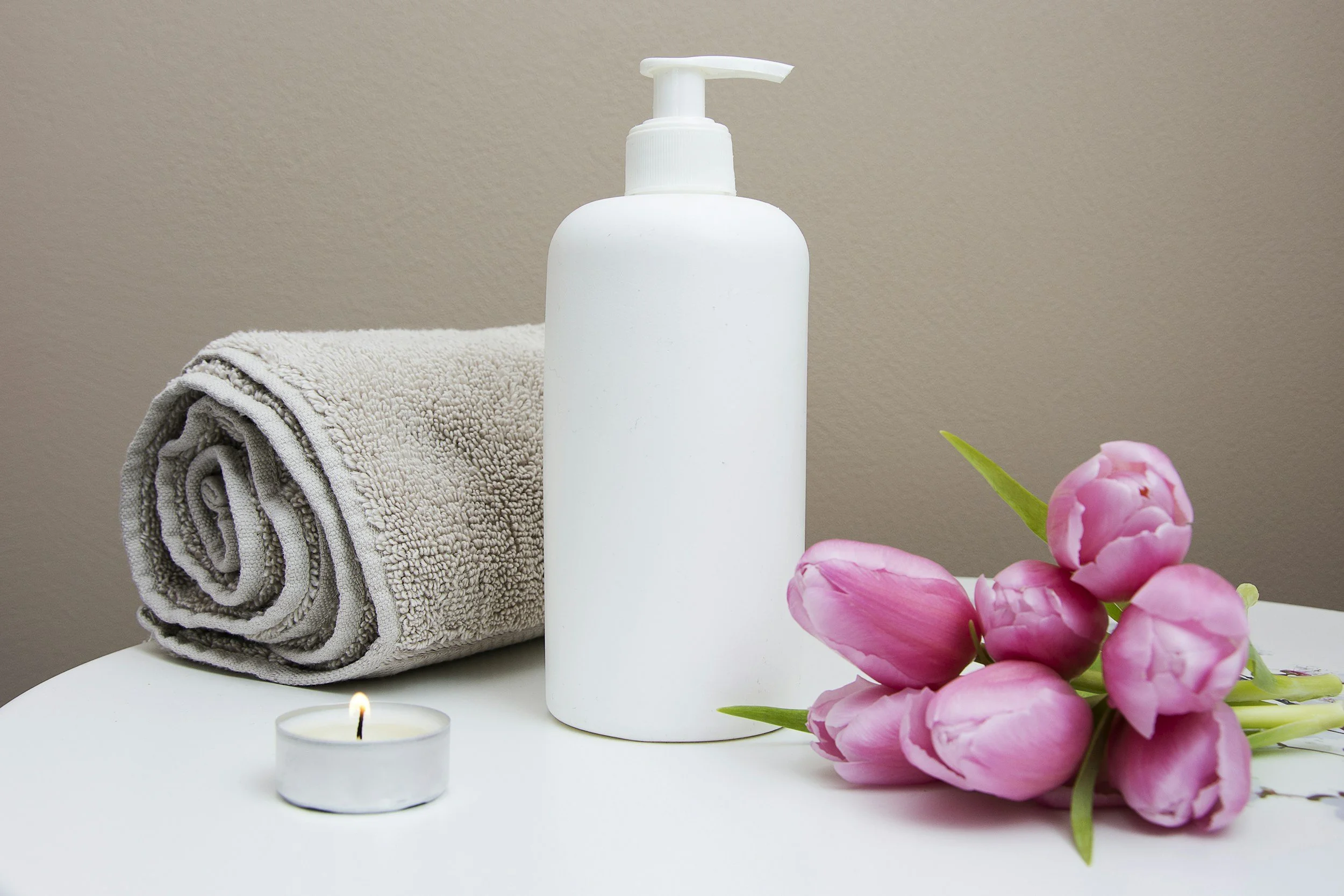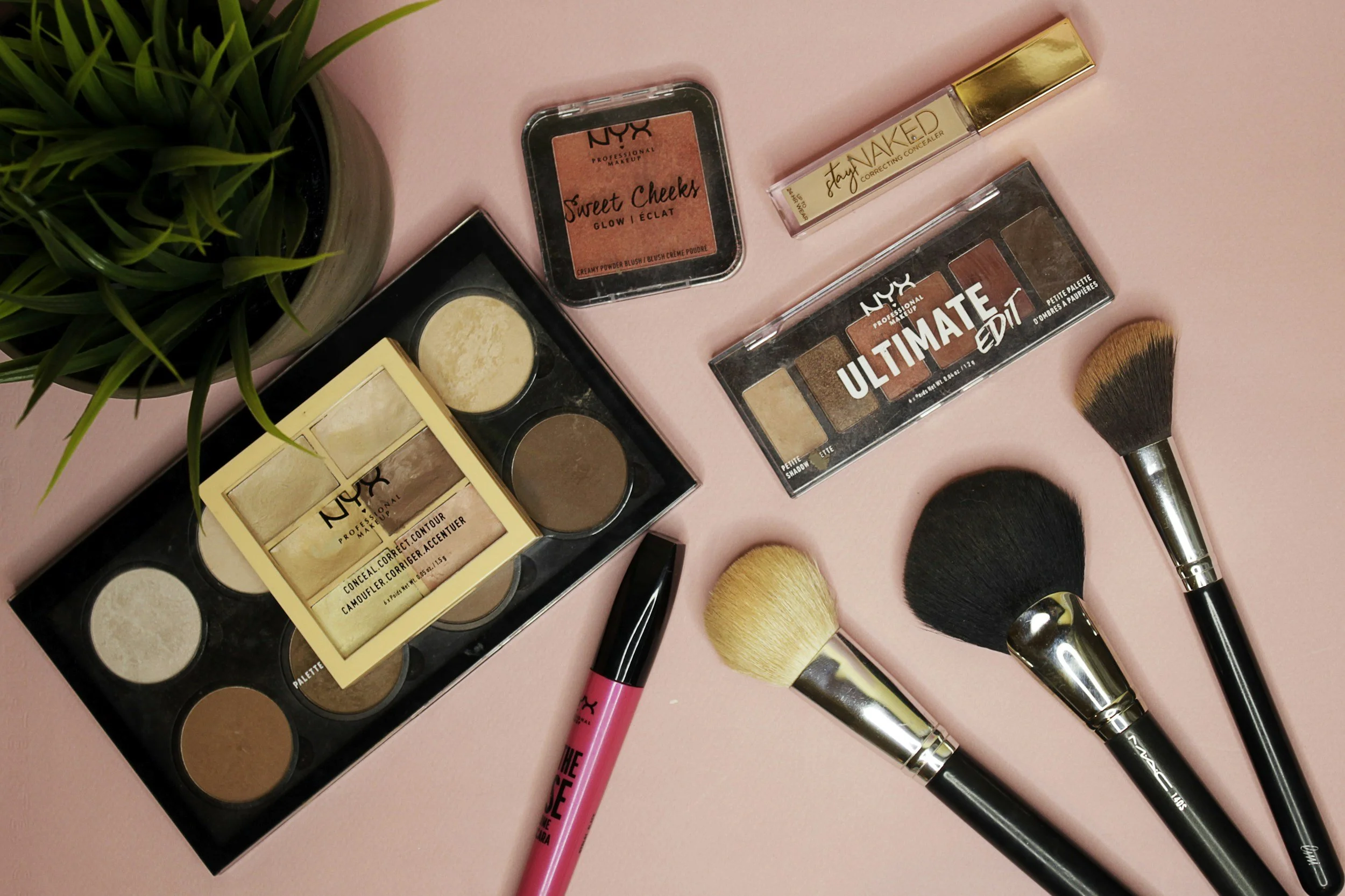Level Up Your Fitness: Start with This Beginner Calisthenics Plan
By PAGE Editor
The number of fitness options you find online can feel very intimidating when you first start. The good news? A unique thing about calisthenics is that it is both simple and very effective for people just starting to exercise. This guide will show you all you need to know about calisthenics, from the main movements to watch out for to prepare you for a solid beginning.
What Is Calisthenics?
Calisthenics uses your body weight for resistance. It helps build strength, stability, and endurance. You do not need expensive gym machines or lots of weights for calisthenics like you do for traditional weightlifting. Even better, it works on movements your body naturally uses to help you improve strength and range of motion over time. Calisthenics uses your entire body. It helps you control it better, leading to improved balance and coordination.
Preparing for Your Calisthenics Journey
It’s important to get yourself and your mind ready before starting any calisthenics workout. Your warm-up can’t be skipped—it works to keep you healthy and safe while exercising. Stretching while stationary is good. Active movements like arm circles, hip stretches, and controlled leg swings are also recommended. They help revive your joints and muscles and, at the same time, increase your range of motion.
Foundational Movements for Beginners
At the base of a strong calisthenics routine are movements that get your muscles working well together. Exercises that push, like incline push-ups and wall push-ups, are good for your chest, shoulders, and triceps. Practicing these exercises builds your upper body strength. This will help you tackle tougher movements later.
Pull exercises work your biceps as well as your back. If you are new to working out, negative rows and doorway rows are helpful exercises since you don’t use a pull-up bar. You start preparing for the moment when you try full pull-ups or chin-ups.
Building lower-body strength is easy with squats and step-ups. They help strengthen both the quads and glutes and also make your knees and balance stronger. If you add squats to what you do, you’ll strengthen the movements needed for your daily steps up and down stairs, as well as jogging.
Common Mistakes to Avoid
Many beginners fail to warm up before training, so their chance of getting injured goes up. Take between five and ten minutes to do light movement exercises to get your body ready for exercise. Don’t forget that stopping a problem is easier than fixing one.
It’s also a mistake to take on too much work too quickly. Even though you may feel motivated to push forward when you’re ready to meet your goals soon, forcing yourself can make you exhausted or sore. Please introduce yourself to new physical activities slowly, stopping when your body says it’s tired.
Many people don’t realize how crucial it is to take time to recover from exercise sessions. Taking enough breaks and watching what you eat to support your muscles in getting stronger. You need lots of protein, drink water, and make sure you get enough sleep.
Advice on Keeping Up Your Habits and Kept Motivated
Long-term success in calisthenics depends on your being consistent. Checking your achievements as you go along often helps you keep your routine. By writing down what you do or recording yourself, you’ll see your progress, and this keeps you excited about your fitness.
Concentrating on how you move your body stops you from developing bad habits. Along with a reduced chance of injury, this helps you make sure you’re working the right muscle groups when lifting.
An easy way to stick with your routine is to work out at home on a regular basis. With just a yoga mat and an area where you can do rows or inclines, you’re ready for beginner Pilates. If you work out at home, you make it much easier for fitness to be part of your routine.
Conclusion
When you start working out with calisthenics, you’ll find both the process and outcomes to be exciting and satisfying. Practice the basics and keep improving. You'll build the strength, skills, and confidence you need to reach intermediate levels later. Patience is very important as you start using exercise to improve your body.
If you are unsure about changing your workout, you should make sure you’ve mastered your current moves first. Getting these basic exercises right and feeling ready allows you to attempt new challenges. If you train with calisthenics, whether for health, athletic performance, or fitness, you’ll use a routine that is both simple and enjoyable.
HOW DO YOU FEEL ABOUT FASHION?
COMMENT OR TAKE OUR PAGE READER SURVEY
Featured







Recovering from an injury is also a learning process.